-
Posts
771 -
Joined
-
Last visited
-
Days Won
31
Content Type
Profiles
Forums
Blogs
Gallery
Downloads
Events
Posts posted by Alzoc
-
-
11 minutes ago, Beer said:
Yes, I worked for many years in automotive and I am well avare of the fact that basically all manufacturers all over the world use the very same components (there are many reasons for that).
The simplified Lada is a good example of that (though the effect of Covid on supply chains was a prime example as well).
No GPS/Glonnass, no ABS, no ESP, no airbags, Euro-2 norm engine (1997).
https://www.zr.ru/content/news/934780-lada-granta-posle-importozameshch/
-
Photos of Caesar in Ukraine :
Tweet trad :
QuoteThree combat crews from a separate artillery brigade "Zaporizhzhya Sich" fired 155-mm shells at the enemy. Arrived at the position,… 50 sec - "Before the battle", range - 22110 meters, 4-5 shots per minute, 55 sec "Rebound", disappeared!
What is surprising in this tweet is that they say that they used the gun at a range of only 22 km (and a previous tweet talked about a range of 20+ km). Either the Ukrainians know exactly what they are shooting at and put themselves just out of range, or they are not using the full range of the gun on purpose (either for greater accuracy or to prolong the live of the barrel by reducing the charge needed).
DGA also gave more informations on the Caesar sent to Ukraine. Apparently only 6 were sent (for now?) when the initial rumours talked about 10 or 12. Contrary to what was initially suspected, those guns were not taken from the Moroccan order but directly from French army stock (leaving us with only 70 of them for now). It has been however confirmed that the software of the guns has been adapted in order to make it compatible with the Ukrainian artillery management system (meaning that they were being prepared for shipment long before it was announced by Macron).
-
Gaijin really stepped up with their trailers lately
-
51 minutes ago, Żółć said:
€2.6 billion is in my opinion an underestimation
Yes that was based on the price unitary price for the American M142, so the export price will indeed be higher.
51 minutes ago, Żółć said:And about the money... i don't think it will come from EU funds. According to my knowledge, Poland generally doesn't spend its share of EU funds on armament and acquisition of new weapons. If i were to guess and point at what will be the source of funds for those 500x HIMARSes, I'd say debt and treasury bonds.
What I mean is that Poland have been buying or asking for a lot of hardware recently. Between the M1A2, 32 F-35, asking Germany if theoretically Polish T-72s sent to Ukraine could be replaced by Leo 2 at A6 or A7 standard, the K2PL being unlikely but still possibility, and as you said even more locally made MLRS and SPG. 500 MLRS (not even counting the locally made ones) for a country of roughly 40 millions inhabitant is gross overkill and it's hard to take that kind of announcement seriously.
As I said, I understand that Poland find itself potentially at the frontline and that the invasion of Ukraine proved to a lot of Eastern European country that they were right to fear a Russian aggression. I also understand that most European army find themselves in the need to urgently plug some gaps in their armed forces. But the numbers and the variety of weapon systems that Poland is asking for or is trying to acquire is simply ludicrous. Logistics and maintenance cost will be ridiculously high, buying a system is all well and good and can be done by increasing the debt, but maintaining it in the long run will cost money as well. I'm not saying this to be rude but Poland, while far from being poor (8th biggest economy in Europe if you go by GDP), isn't the richest country around either. I genuinely don't see how Poland will fund so many different programs and purchases at the same time and more importantly how it will keep all of this equipment operational in the long run.
Instead of buying a massive amount of weapons from abroad like a gulf Petro-monarchie, wouldn't Poland be better served by rationalizing it's armed forces (one type of MBT, one type of MLRS, etc) and strengthening it's local defence industry?
-
Well MLRS (and artillery in general) have once again proved that they are key in modern warfare, so I expect everybody to strengthen their artillery forces. 500 of them though... that's at least €2.6 billions (just a rough estimate based on the unitary cost for the US).
Where the hell will Poland find that money? The EU emergency fund will help but it's only €500 millions for 2023-2024 (to be divided amongst the 27). Then there is the EDF which is €8 billions for 2021-2027 but unlike emergency funds, it is only aimed toward collaborative long term European projects, not for off the shelf purchases. I'm probably forgetting other available funds (more will likely be made available anyway) and Poland can reasonably argue that they are now the first line of defense. But still, that would be a lot of money to dump in only one country (one that already receive a large share of EU funds in normal time).
-
Story on how Russia needed to dig T-62 out of storage seems to be confirmed.
T-62M spotted at Melitopol train station :
Will probably either be used by occupation units or handed-over to separatists. Either way, it probably mean that there aren't many better machines left in storage and that they must keep them for the main forces. Which raise the question on how many tanks among the many thousands in storage are still in reasonable working order or can be refurbished.
Regardless on the way this war will end, it seem that reconstituting Russian forces will be a tall order (especially without access to modern semi-conductors and other parts).
-
2 hours ago, Collimatrix said:
Ascalon seems terrible, WTF are they thinking?
As far as I see it they are aiming for a moderate to no increase in penetration (keeping in mind the effective range of heavier vs faster rod discussion) while having an overall lighter and more compact turret+gun combo compared to the current generation. Thus the question of why do it for a 140 mm gun instead of keeping a 120 mm (same principles should apply)?
That or I'm missing something or we are missing a piece of the info.
-
MAMBA system (SAMP/T) at Capul Midia Romania :
The system fire the Aster 30 missile with a range of up to 50 km (100 km against non manoeuvring targets). Guidance is provided by the Thales X-band Arabel radar up to 60-80km depending on the sources (and up to 120 km when focusing beams). One radar can control up to 4 launchers (8 missiles each). The primary role of the system is to serve as a semi-static defense for airbases against aircraft and missiles (including short range ballistic missiles).
-
24 minutes ago, SH_MM said:
How big is the weight/velocity difference between ASCALON and Rheinmetall's 130 mm APFSDS (if there is any)? When the heavier projectile ends up being better after 4-8 kilometers, then it is irrelevant.
Agreed, that is the core of the issue.
As we both said we don't have the infos on the mass/velocity of both projectiles yet (though we can indeed speculate based on existing ammunitions). So we don't know if the distance where the energy of both round are equal will represent an interesting trade-off (around 2km) or if it will be completely irrelevant as you said (>4km).
24 minutes ago, SH_MM said:So ASCALON would be a significant step-up in terms of lethality, but the new KE2020 Neo (in development for the L/55A1) with 20% more muzzle energy and a new composite sabot than DM53/DM63 could come rather close. The 13 MJ are projected growth potential.
Yes I think that it surprised everyone when they announced an energy of "only" 10MJ at the beginning since it isn't much more (or even less in some cases) than modern 120 mm. The question whether the rod will be heavy enough to have a comparative advantage at some range against those fired from 120 and 130 mm guns is up in the air. Though lower chamber pressure will tend to increase the barrel life and/or lighten the gun (less thickness necessary) which is a nice plus.
-
52 minutes ago, SH_MM said:
1/2 * projectile mass * muzzle velocity
52 minutes ago, SH_MM said:obviously air friction will be different for different projectiles moving at different speeds, but the biggest factor for drag/friction are the fins. A faster moving, shorter longrod projectile might require less obstrusive fins than a slower moving rod.
No, both kinetic energy and friction forces are calculated using the squared velocity. So while it is much easier to increase the kinetic energy by increasing velocity, it also mean that for the same initial energy a faster projectile will bleed energy much much faster than a massive one :
SpoilerFrom wiki :
Drag depends on the properties of the fluid and on the size, shape, and speed of the object. One way to express this is by means of the drag equation:
where
-
is the drag force,
-
is the density of the fluid,[17]
-
is the speed of the object relative to the fluid,
-
is the cross sectional area, and
-
is the drag coefficient – a dimensionless number.
True the drag coefficient and the surface of the projectile play a part when calculating friction forces. While both will tend to be bigger for a bigger projectile they aren't the most important parameter. The main parameter for energy loss due to friction will always be the relative speed between the projectile and the fluid (air) :
SpoilerThe drag coefficient depends on the shape of the object and on the Reynolds number
-
,
where
-
is some characteristic diameter or linear dimension. Actually
it is the equivalent diameter
of the object. For a sphere
is the D of the sphere itself.
-
For a rectangular shape cross-section in the motion direction,
, where a and b are the rectangle edges.
-
is the kinematic viscosity of the fluid (equal to the dynamic viscosity
divided by the density
).
At low
,
is asymptotically proportional to
, which means that the drag is linearly proportional to the speed, i.e. the drag force on a small sphere moving through a viscous fluid is given by the Stokes Law:
At high
,
is more or less constant and drag will vary as the square of the speed. The graph to the right shows how
varies with
for the case of a sphere. Since the power needed to overcome the drag force is the product of the force times speed, the power needed to overcome drag will vary as the square of the speed at low Reynolds numbers and as the cube of the speed at high numbers.
Note the section in bold, at high Reynolds (high velocity) the energy loss due to drag will even depends on the cube of the velocity.
For a given initial energy there is always a distance where a heavier projectile will retain more energy than a faster one (unless you are in a vacuum and drag doesn't exist). The higher the velocity of the projectiles, the faster it is to reach that point. But we don't have enough info on the projectiles as of yet to tell at which distance the 140 mm will outperform the 130 mm (and whether or not the projectiles will ever reach said distance). As you said :
52 minutes ago, SH_MM said:Obviously there are a lot more factors regarding any final decision between Nexter's and Rheinmetall's guns. Is 13 MJ the muzzle energy of the total projectile (incl. sabot) or is it the weight of the in-flight projectile only? Is the 130 mm APFSDS projectile developed by Rheinmetall actually shorter than the 140 mm version of ASCALON or not?
-
-
20 minutes ago, SH_MM said:
One cannot compensate lower muzzle energy with a longer penetrator, as the penetrator mass directly affects the muzzle energy.
No but a higher velocity will mean a lot more energy loss by friction (be it in the tube or in the air during travel). Mass will stay the same during the whole flight while velocity will decrease quickly.
Depending on the distance to the target, a slower heavier round can actually deliver more energy than a smaller faster one. There must be a set distance beyond which the 140 mm will outperform the 130 mm. Depending on the mass and velocity of both rounds it could be completely/mostly useless (like the 140 mm only becoming more interesting past 4 km) or a fair trade-off (cut-off range around 1 to 2 km). It is somewhat the same idea than 5,56 vs 7,62 mm for rifles past a certain range (assuming you can see the target).
Beyond kinetics penetrators, there is also the payload to consider. A programmable 140 mm HE will pack more punch than a 130 mm one, especially if the 140 is fired at lower velocities.
-
-
Nexter's Ascalon concept undergoing live fire trials at Alcochete (Portugal) :
Sadly, no public images available yet.
Ascalon is a 140 mm gun using telescoped ammunition (meaning potentially longer APFSDS rods and more ammunitions onboard) and is the main competitor of Rheinmetal's 130 mm for the MGCS.
The energy at the muzzle, is not overly impressive at 10MJ (with a goal of 13MJ by 2025) compared to the 9-12MJ of current 120mm but Nexter claim to reach those energy at a lower chamber pressure than current guns.
So we have two concepts going in opposite directions. Rheinmetal's 130mm will have a much higher muzzle energy than the current generation of guns (50% more according to Rheinmetal) which mean that the platform using it will have to be sturdy enough to withstand the recoil, while Nexter is going toward a lower energy gun (compensated by longer kinetic penetrators) which could theoretically be mounted on lighter platforms. That might show opposite visions for the MGCS which lines up somewhat with the operational culture of both country. A heavier tank geared more toward territorial defense for Germany, and a lighter more deployable platform for France.
The 130 mm is also using mature and proven technological solutions, while a 140 mm CTA is (as far as I know) something new which may lead to hurdles during the development process. So the maturity of the technology (which will be somewhat linked to the cost) will also be a factor.
-
Replacement of the rubber pads on the tracks of an Au F1 SPG, followed by the reinstallation of said track :
-
-
Tiger Meet again (from A-D.net) :
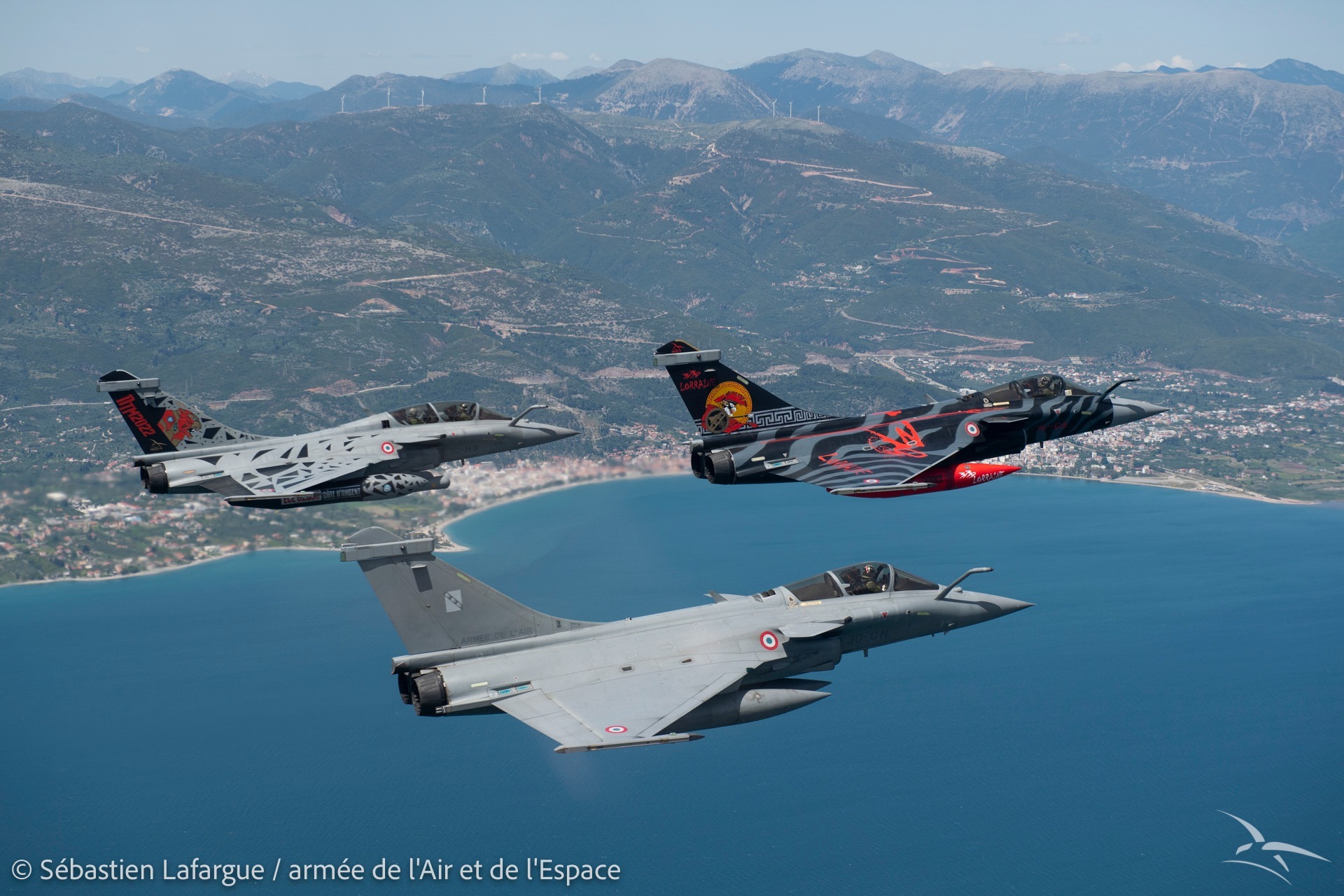 Spoiler
Spoiler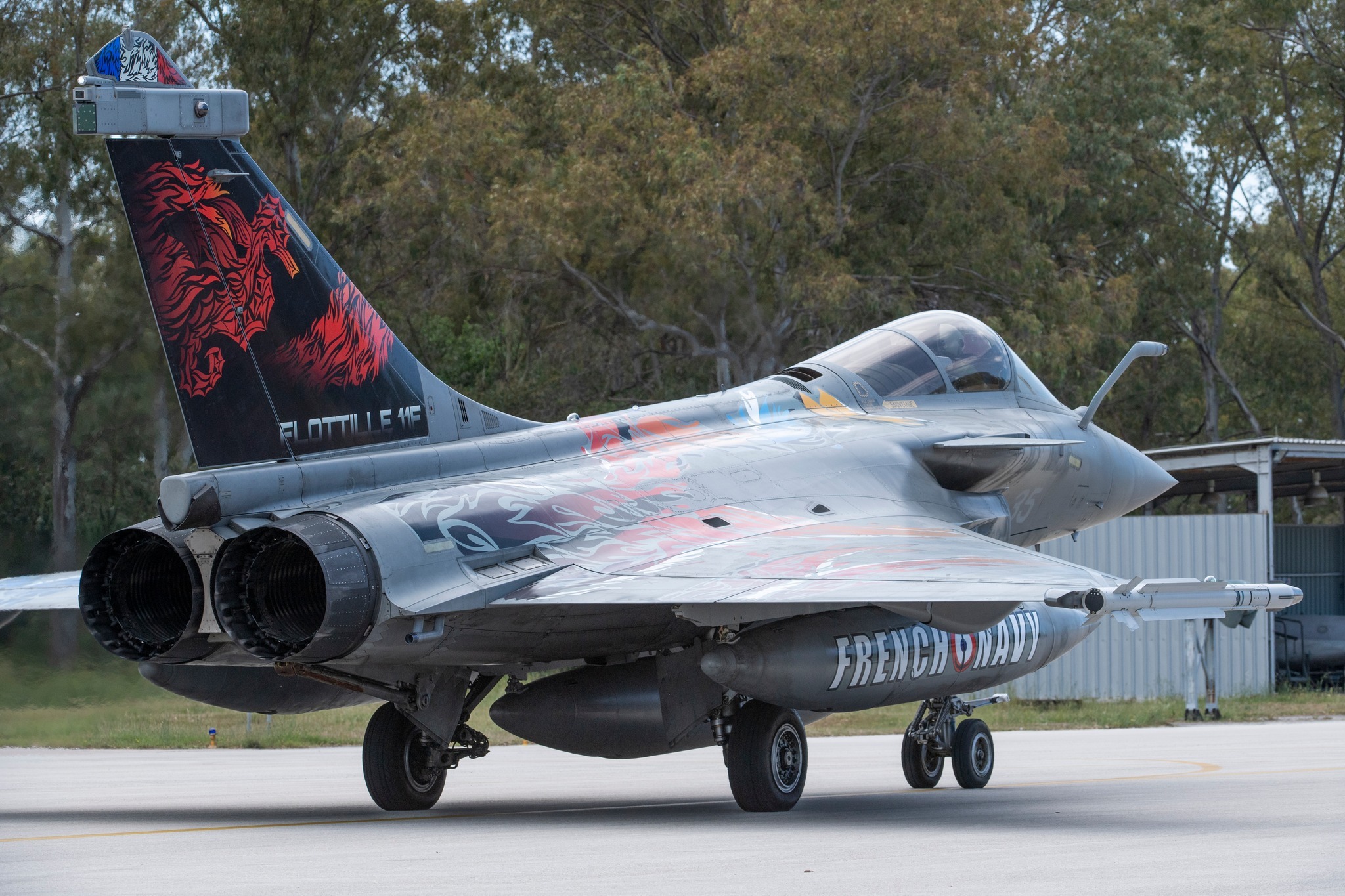
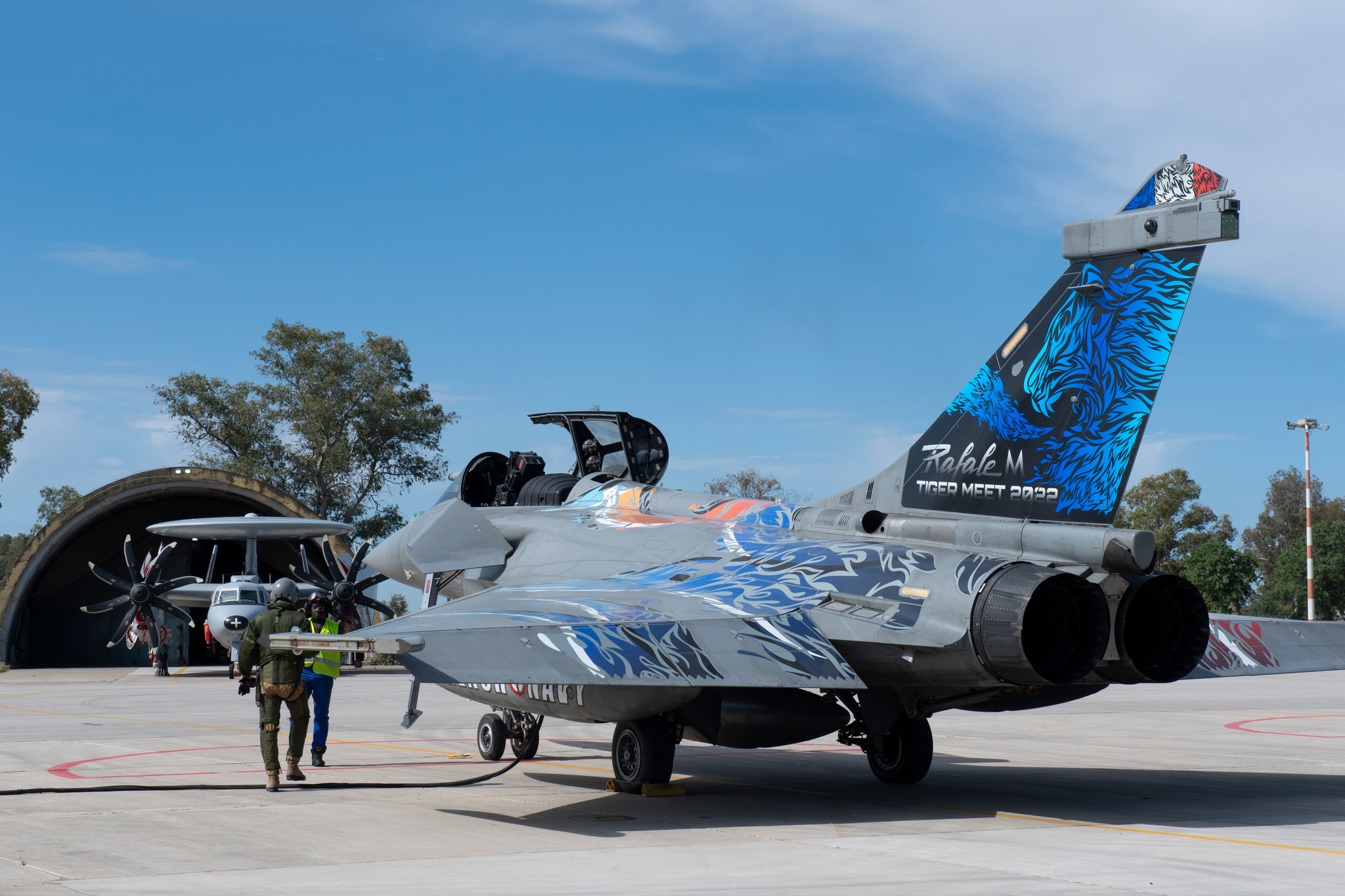
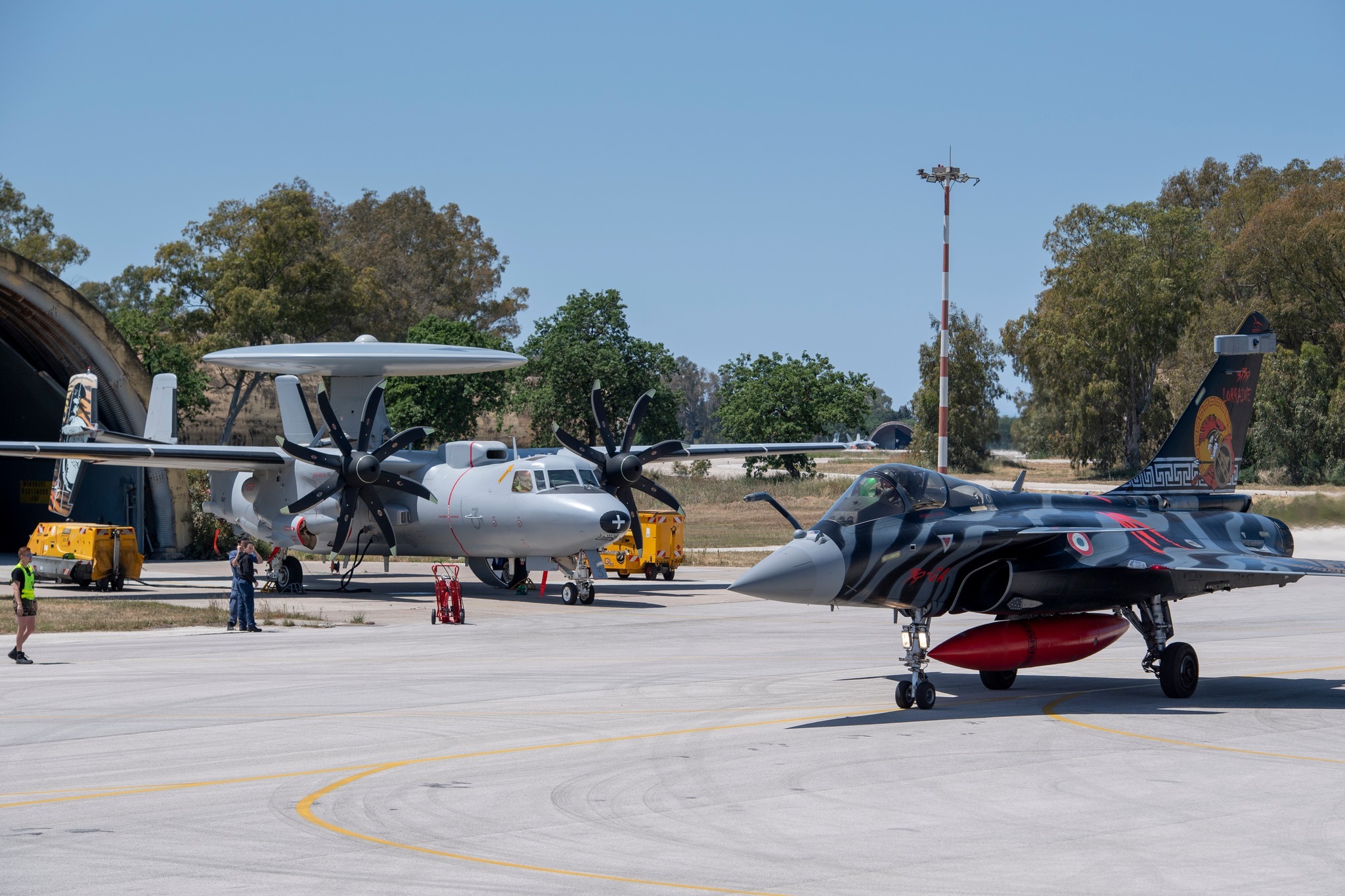
-
French army is apparently also changing it's infantry camo (delivery in 2024) with an (almost) omni-environment pattern. Base camo will be used for woodland/grass/urban/desert/mountain and a variant of the same pattern will be used for an all snow environment. Apparently they focused a lot on how a change in lightning will modify how the eye perceive the pattern :
Same base color as the new Scorpion camo for the vehicles with the possibility to add active camo on top of it in the future (for infantry that may be a bit optimistic) :
Spoiler




Seems everybody is going toward an unique camouflage pattern.
-
General Atomics is proposing a kit for transform it's MQ-9B into STOL aircraft capable of operating from a LHD.
https://www.ga-asi.com/ga-asi-grows-mojave-line-with-new-mq-9b-stol-package
Remain to see the minimum length of the flight deck necessary for the drone to take off and land as well as it's width (the MQ-9 has a wingspan of 20m).
-
Cutaway of the future MAST-F (future air to ground tactical missile) which should equip the (French) Tiger MkIII (and maybe the Eurodrone) :
 Spoiler
Spoiler
The MAST-F will be a derivative from the MMP with a range of 8km and will replace the Hellfire II while being 20% lighter (extending the operational time/range of the Tiger). The helicopter will be able to carry up to 8 missiles.
For now only France is slated to use this missile (since Germany didn't joined the Tiger MkIII program for now and Spain is using the Spike as it's main ATGM).
https://www.forcesoperations.com/du-neuf-sur-le-programme-mast-f/
-
I think it's more down to the economical zone that come with it once the war end.
If I remember correctly there is some gas reserve exploitable in the sea around.
For military interest it can only serve as a radar station for the Russian to monitor Ukrainian air traffic, and the same (plus serve as a potential platform to launch anti-ship missiles) for the Ukrainian. For both side, staying there require a beefy anti-air cover which make it probably not worth it. My guess is that both side will make sure that the other doesn't settle there and try to occupy the area just before the end of the war. in order to claim the resources that goes with it.
-
-
On 5/3/2022 at 10:32 PM, LoooSeR said:
After about 2 months of combat Bulats started to show up, but in small numbers. Strange situation.
Well I understand that they didn't popped up earlier since the Ukrainian didn't want to engage in an open fight with the Russian army, so they kept their armoured forces mostly hidden.
But as you said, it is weird that they appear isolated . If the Ukrainian engaged in counter attack they would want their armor to be concentrated...
Unless they use them as armored recon before entering a village that used to be occupied by the Russian.
The tank has more chance to survive an ambush than anything else and that would explain why they only send them one at a time (with infantry backup if they aren't stupid).
-
EC 3/30 Lorraine's Rafale for Tiger meet 2022 (Greece Araxos) :
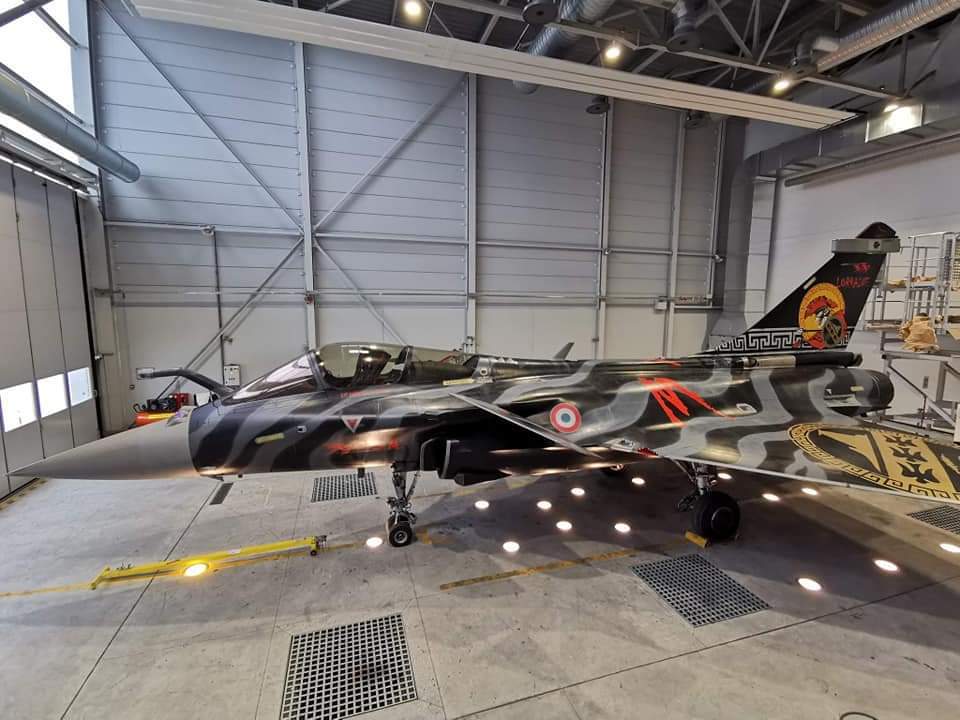
(From A-D.net)
-
1996 video showing the famous Russian log in use (most likely at training):
First time I saw a video with the complete procedure shown actually.
- Beer, Laviduce and Lord_James
-
 3
3






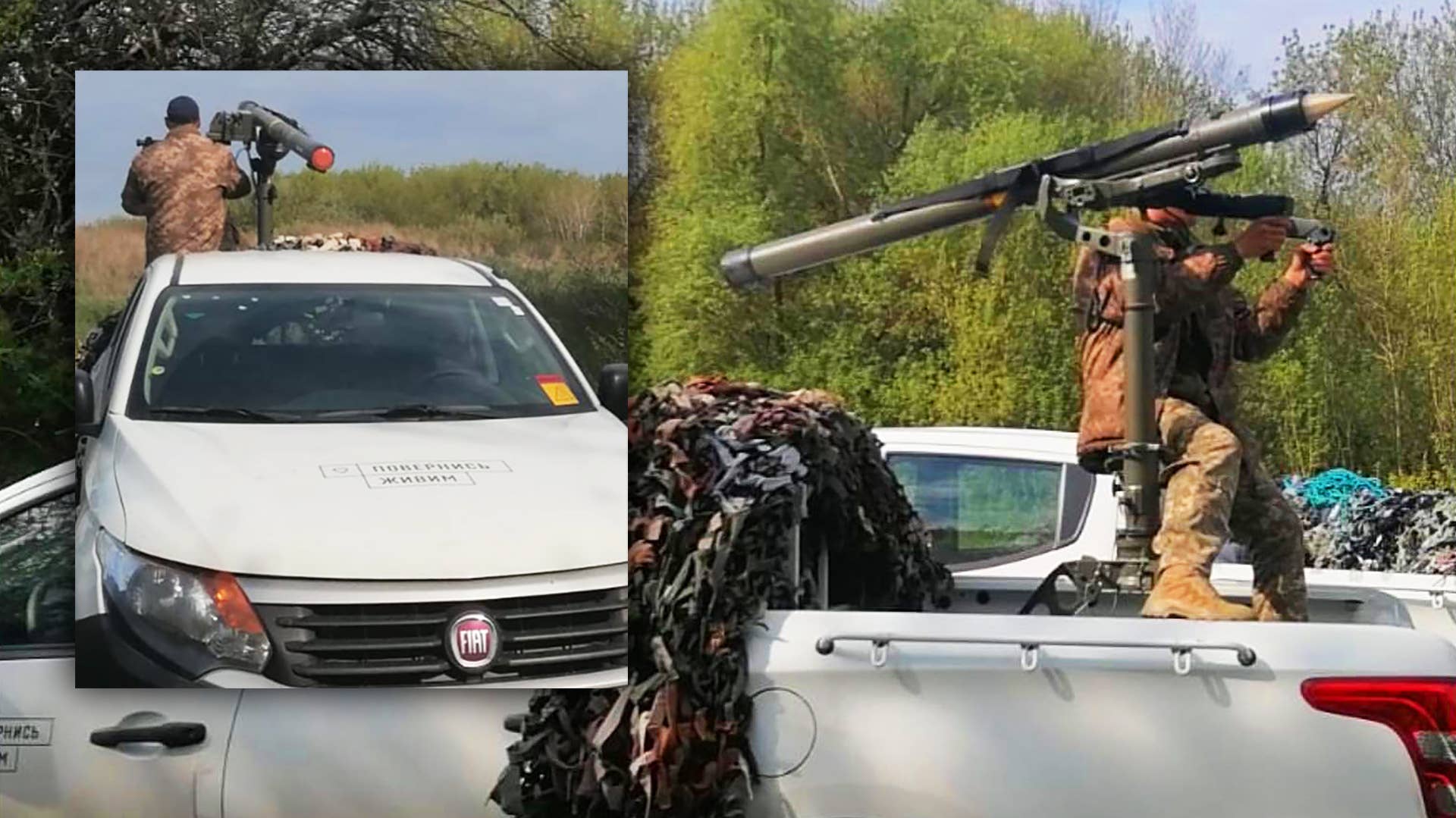
Jihad design bureau and their less mad opponents creations for killing each other.
in Mechanized Warfare
Posted
As far as museum pieces in Ukraine goes this one is my favourite
Though I guess grapeshot could still be pretty effective at crowd control or to wreck a civilian grade car trying to break through the checkpoint.